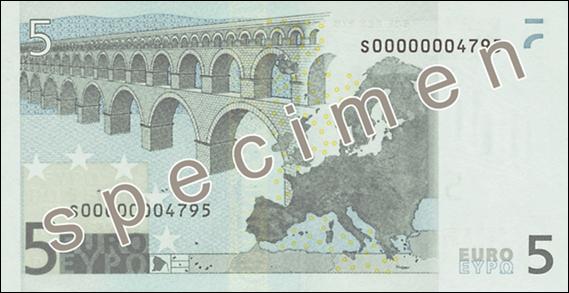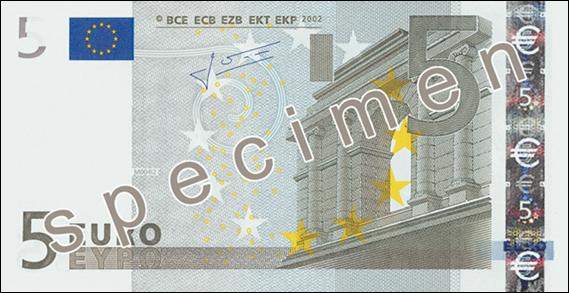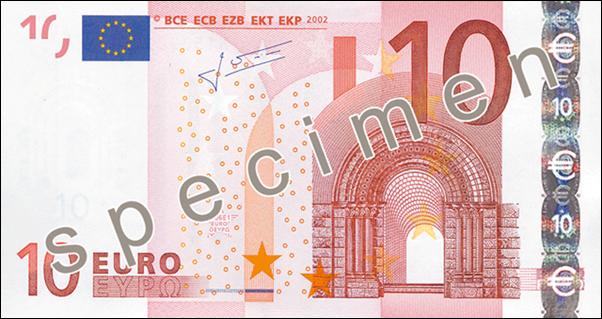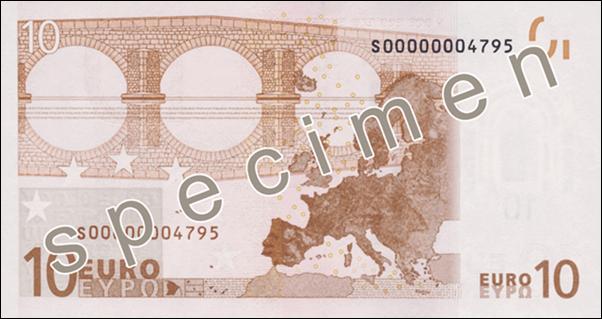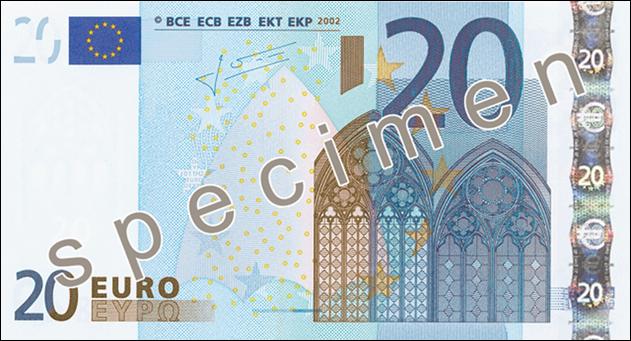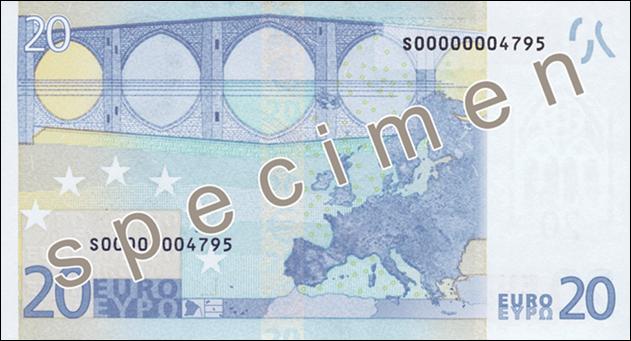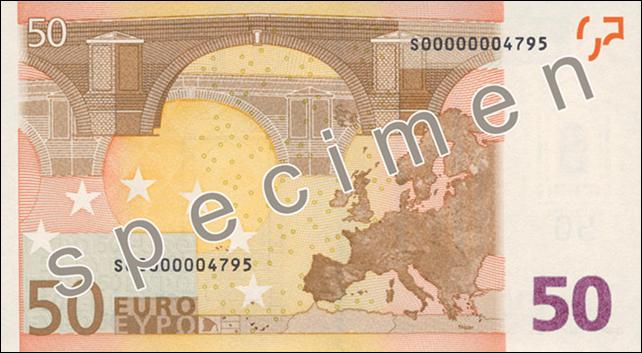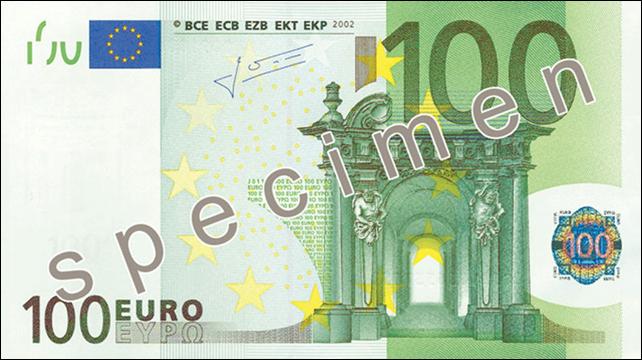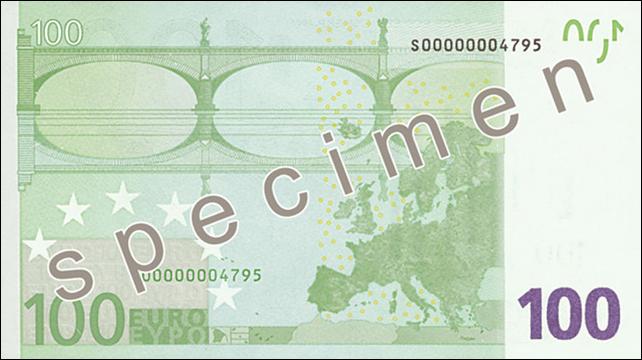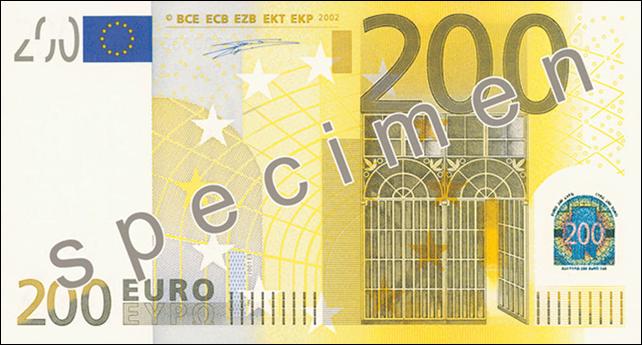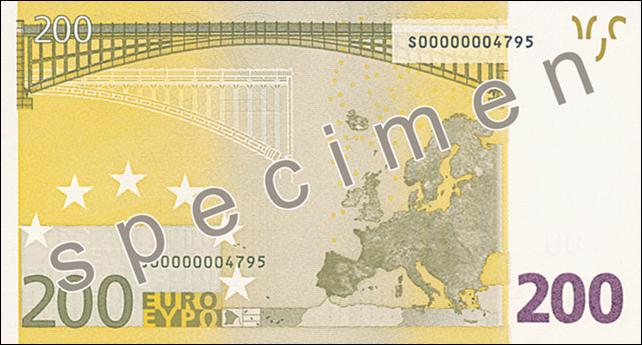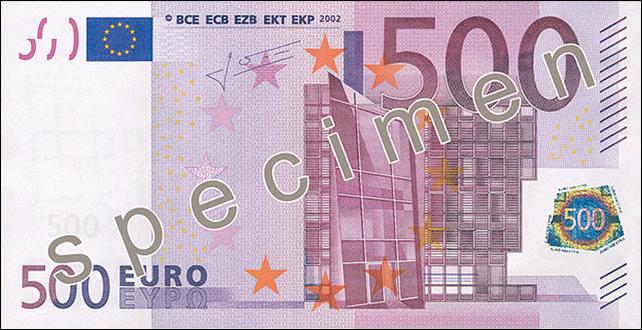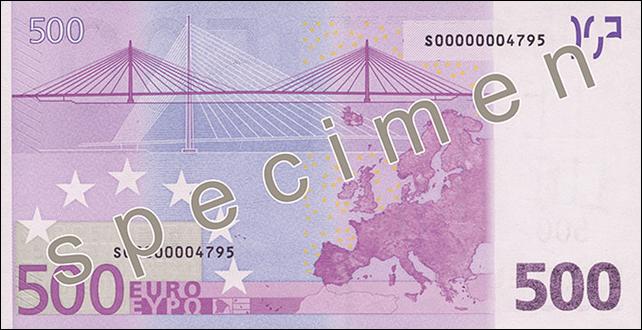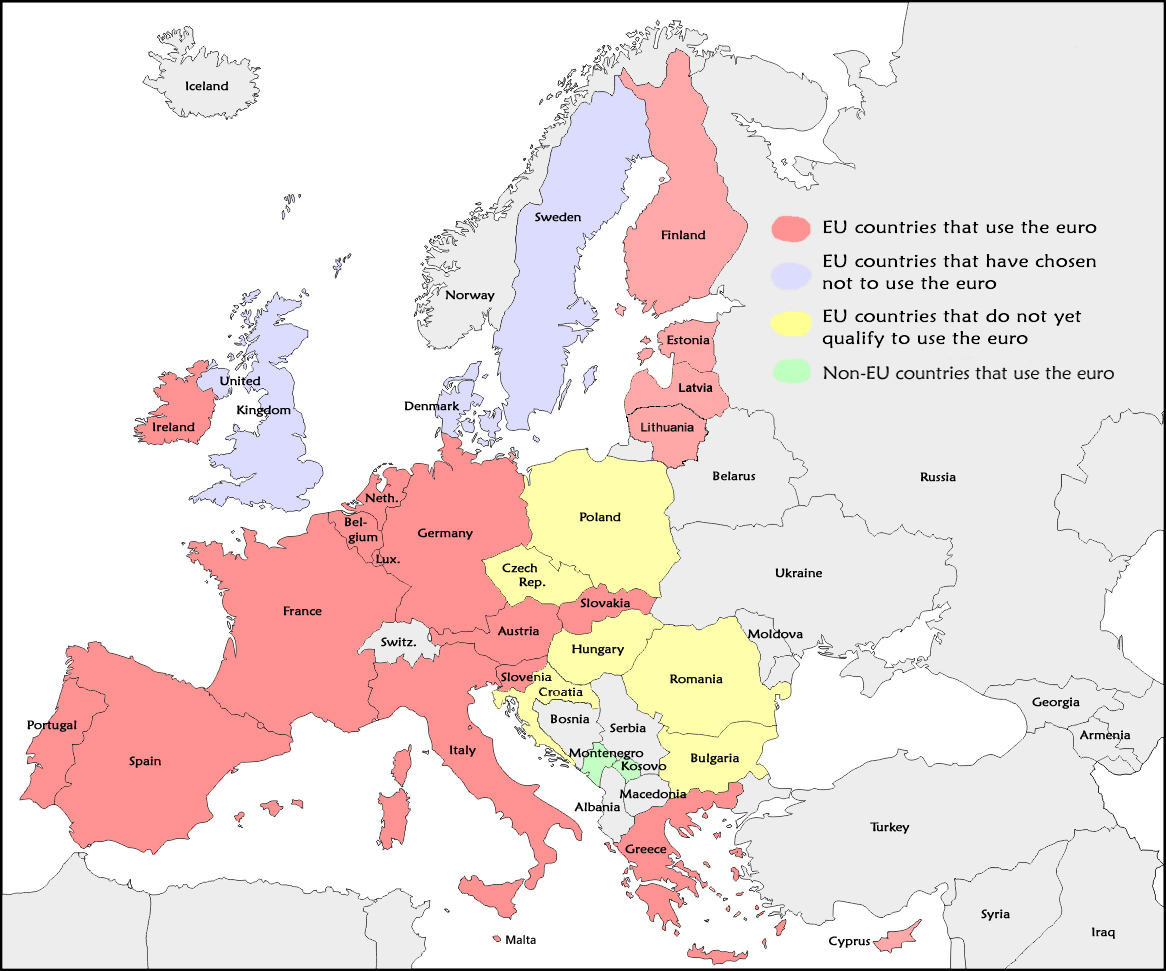Using
the Euro in Europe
by
Galen Berry
The greatest advancement to travel and tourism in Europe within the last many years has been the adoption of the euro as the monetary unit in many of the countries. That one event has done more to relieve stress, hassles, and irritation than anything in decades, including even the abolishment of most national border controls between countries. In the bad old days, you had to change your money for every single country you went to -- your dollars had to be converted into francs, marks, liras, punts, schillings, escudos, pesetas, and drachmas; a day's drive in Europe, which could easily cross 3 or 4 countries, would involve changing your money in each one, then either trying to spend it all before leaving the country, or changing the leftover money into the next country's money, thereby losing a certain percentage of it to the bank each time you got it converted. If you arrived in a country after the banks were closed, and couldn't find an ATM, which weren't so common then, you were sunk.
But now, the great dream, long imagined and cherished for centuries, of one great common currency for the whole continent, has happened -- or almost. Eighteen countries have adopted the euro as of 2014, with several more working toward that goal. There are still a few holdouts, such as the United Kingdom which is not about to give up its pound sterling, but some day even they may come around. Certainly, there have been some serious, major problems with the use of the euro, since some countries are much richer and more advanced than others, and inflation or devaluation in one country can badly affect other countries; unlike the US, where the currency is controlled by one central agency instead of by each state, in Europe each country has its own monetary agency, and they don't necessarily always work so well with each other. But for a traveller, the euro is a magnificent achievement. It saves an enormous amount of time and trouble to be able to use the same money throughout 18 countries. However, it is very important that you familiarize yourself with the money and the coins before you even go on your trip, to avoid the possibility of making quite a fool of yourself. Here is why:
Unlike in the US, where we only have 4 kinds of coins in daily use (pennies, nickels, dimes, and quarters), in the Eurozone they have 8 different coins, all of them in common use -- coins of 1’, 2’, 5’, 10’, 20’, 50’, 1, and 2. (Notice there are no "quarters".) They also have bills of 5, 10, 20, 50, 100, 200, and 500 -- but no bills for 1 or 2, because they have coins for those amounts. This makes some interesting differences in getting change for your purchases, which is when you are quite likely to suffer great confusion.
Let's say you go to a store in America and make some small purchase of $5.06. You hand the clerk a $10 bill. For the $4.94 in change, you will probably get four $1 bills, three quarters, a dime, a nickel, and four pennies; that's quite a handful: four bills and nine coins. But with the euro, if you make a similar purchase of 5.06 and give them a 10 bill, you will receive a mere seven coins in return, and no bills -- two coins of 2, a 50’ coin, two 20’ coins, and two 2’ coins. That's all.
You
will most likely react to that, if unfamiliar with the currency, in one of two
ways.
1. You
will walk away from the store confused, then angry and muttering, "I've
been gypped! Cheated!
These people think I'm some dumb tourist that they can rip off!
These people are crooks! Stupid
foreigners! My first day here, and
I'm already robbed! I hate this
place!!"
2. Or
instead, you will immediately challenge the poor clerk behind the register,
who most likely knows no English and has no idea what you're protesting about
while you're examining the sales slip and demanding to be given the
"correct" change, thereby holding up the line, making yourself look
like an Ugly American, only to have it eventually proved to your own
deserved embarrassment that the change was correct after all, and therefore you
have made yourself look quite foolish to a line full of locals who will then
go home telling everybody about the dumb American who couldn't count.
Where the Euro is Used
The European Union (E.U.) consists of 28 countries. Nineteen countries within the European Union have officially adopted the euro: Austria, Belgium, Cyprus, Estonia, Finland, France, Germany, Greece, Ireland, Italy, Latvia, Lithuania, Luxembourg, Malta, the Netherlands, Portugal, Slovakia, Slovenia, and Spain. This group of countries is referred to as the "Eurozone".
Four of the European micro-countries are allowed to also use the euro: Andorra, Monaco, San Marino, and the Vatican. They are not considered large enough to qualify as full members of the E.U., but are considered as part of the Eurozone.
The euro is also used in the small Balkan countries of Kosovo and Montenegro, but they are not allowed to mint their own coins, since they don't belong to the E.U.
The E.U. countries that have chosen not to use the euro are: Denmark, Sweden, and the United Kingdom. The E.U. countries that some day plan to use the euro, but are not financially developed enough yet to qualify, are: Bulgaria, Croatia, the Czech Republic, Hungary, Poland, and Romania; these countries still use their traditional national currencies. Lithuania was the latest to adopt the euro, in January of 2015.
The countries of western Europe which are not in the E.U., and therefore also do not use the Euro, are: Iceland, Norway, Switzerland, and Liechtenstein. Countries such as Ukraine, Belarus, Moldova, and Armenia, which were formerly members of the Soviet Union, also do not use the euro, and neither does Turkey.
The Euro Coins
Each country that uses the euro can mint its own coins. However, any coin from any country can be used in any other country in the Eurozone; so an Irish coin is just as legal in Finland or Greece as in its home country, and you can happily use a coin from Portugal in Estonia, Belgium, or Austria. It can be fun to look through a handful of change and see where each coin comes from.
Instead of referring to coins as having "heads" or "tails", the euro coins have the "common side" and the "national side". On the common side, the coins from any one country look exactly like the coins from any of the other countries. This side shows the amount, which will be 1’, 2’, 5’, 10’, 20’, 50’, 1, or 2. It also shows a small map of Europe, plus some stars and lines. The coins of 1’, 2’, and 5’ are of copper-coated steel; the coins of 10’, 20’, and 50’ are of a golden metal (a copper/aluminum/zinc/tin mixture); the coins of 1 are silver-colored within a ring of golden metal, and the 2 coins are golden-colored within a ring of silverish metal. The 20’ coin has little indents around the edge so it can be identified by feel.
The coins shown below are pictured larger than in real life, to show the details better. Actually, the 1’ coin is smaller than a US penny; the 5 cent coin is identical in size to a US nickel; the 50’ coin is the same size as a US quarter, but thicker.
The
coins from every one of the Eurozone countries look like this on the
"common" side:

However, on the "national" side, the countries can put any design they want. These designs represent things, places, or people that are significant to the country. Countries with a royal monarch (Belgium, Luxembourg, Monaco, the Netherlands, and Spain) will have his or her likeness on some or all of their coins, and of course the Vatican has the pope's head on its coins. The date is on this side, and the name of the country is also supposed to appear, though Germany, Finland, and Austria apparently forgot to put their name on theirs; Italy just has RI for "Repubblica Italiana", and France has RF for "Rιpublique Franηaise".
Some
countries, such as Italy, have a different design for each of their 8 coins:

Ireland
has the same design, a harp, on every coin:

Finland
has the same design on six of its coins, but different ones for the 1 and
2 coins:

Slovakia
has one design on the 3 copper coins, another for the 3 golden coins, and
another for the two-tone coins:

Portugal
uses the same three-design scheme as Slovakia, showing royal seals that have
been in use since the 1100's:

San
Marino's beautiful designs show various castles and the coats-of-arms of this
tiny country, plus an image of Saint Marinus on the 20’ piece:

Austria
also has a different design on each of their 8 coins.
The official rules state that the value of the coin is not to appear on
the national side, since it is already on the other side -- but for some
reason, Austria put it on every one of their coins anyway, and got away with it:

Lithuania
joined the Eurozone at the beginning of 2015. All their coins have
the same design:

All 8 coins from the Vatican used to have the same design on each. From 2002 till 2005, it was the head of Pope John Paul II (first coin shown below). After his death, in 2006 it was changed to Benedict XVI (second coin). Since 2013, they show three different views of Pope Francis (next 3 coins). The coins are made mainly for collectors and tourists, and are hardly ever encountered in daily use.
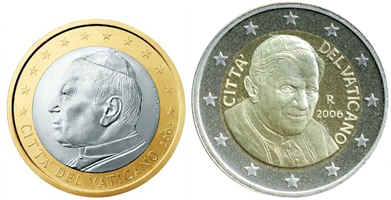
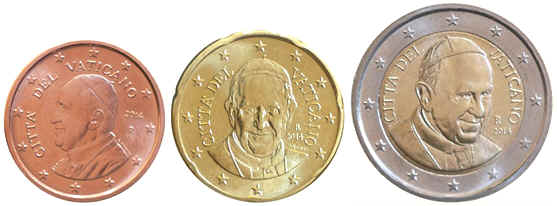
A
few other beautiful designs from various euro countries (enlarged):
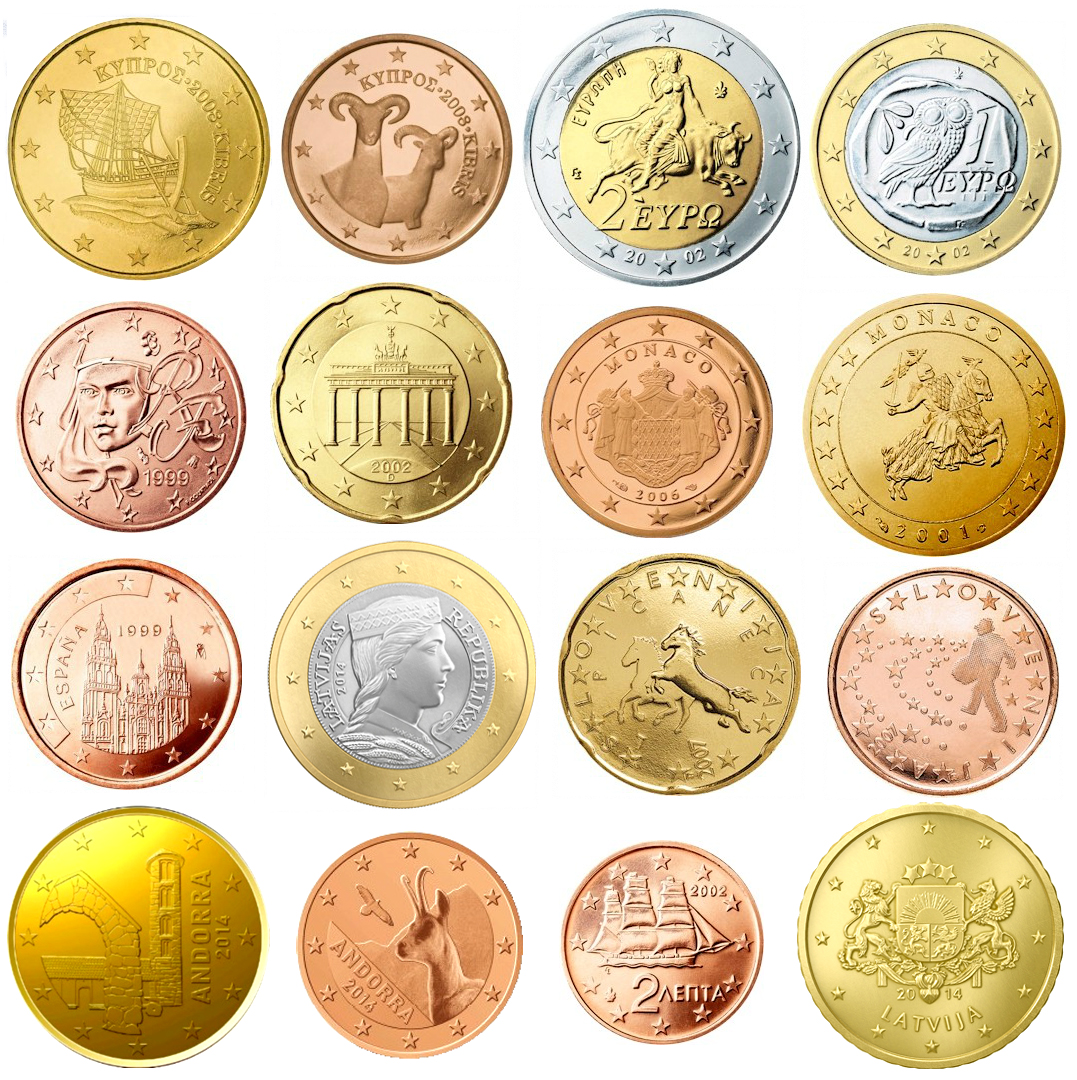
The Euro Paper Money
The paper money comes in denominations of 5, 10, 20, 50, 100, 200, and 500. All of the countries use the same identical bills, therefore there are no national symbols or names of countries on the bills. Each type of bill is slightly larger than the one before it, so that the blind can learn to identify the value of a bill by its size. The 5 bill measures 120x62 millimeters, and the 500 bill is 160x82mm, with the others in between being of proportionally increasing sizes.
The front side of each bill has a drawing of a window, arch, or door; this symbolizes openness. The reverse has a map of Europe, plus a drawing of a bridge, to symbolize the linking of separate lands. None of the pictures is of a real, existing structure (so that no particular country would be favored over others), all the designs are simply generic, stylized versions of typical structures that would represent the time period appropriate for the bill, as you will see below. (Ignore the word "specimen" on each bill, it does not appear on the real thing.)
The
5 bill is basically grey in color, and the designs represent the
architecture of the Ancient World, around 2000 years ago:
